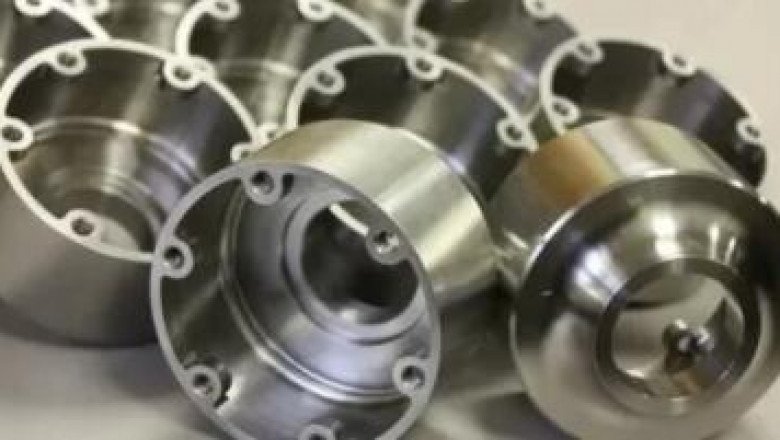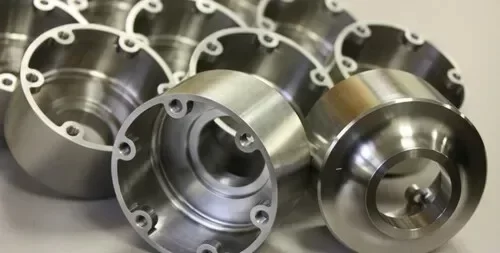
views
The quality of the foundry process not only affects the production and operation of the foundry, if it is not handled well, it may also cause foundry defects. Therefore, in order to simplify the foundry process and ensure the quality of the foundries, the foundries must have a reasonable structure.
1. The requirements of foundry quality on foundry structure
Foundry parts should have reasonable wall thickness
Some foundry defects are often caused by the unreasonable design of the foundry structure. Using reasonable foundry structure can prevent many defects.
Each foundry alloy has a suitable wall thickness range, which can be selected appropriately, which can not only ensure the performance (mechanical properties) requirements of the foundry, but also facilitate the foundry production. When determining the wall thickness of foundries, the following three aspects should generally be considered: to ensure that the foundries reach the required strength and rigidity; to save metal as much as possible; there is no difficulty in foundry.
(1) The wall thickness of cast parts should not be less than the minimum wall thickness
Under certain foundry conditions, the minimum wall thickness of the foundry part that can be filled with the mold is called the minimum wall thickness of the foundry alloy. In order to avoid defects such as insufficient pouring and cold separation of the foundry, the design wall thickness of the foundry should be no less than the minimum wall thickness.

(2) Critical wall thickness of cast parts
In the design of foundry structure, in order to give full play to the potential of metal and save metal, the sensitivity of the mechanical properties of the foundry alloy to the wall thickness of the foundry must be considered. Thick-walled foundries are prone to defects such as shrinkage cavity, shrinkage porosity, coarse grains, segregation and softness, which will reduce the mechanical properties of the foundries. Considering this aspect, there is a critical wall thickness for various foundry alloys. After the wall thickness of the foundry exceeds the critical wall thickness, the mechanical properties of the foundry do not increase proportionally with the increase of the foundry wall thickness, but decrease significantly. Therefore, the structural design of the foundries should choose the wall thickness scientifically to save metal and reduce the weight of the foundries. Under the conditions of sand foundry process, the critical wall thickness of various alloy foundries can be considered as 3 times the minimum wall thickness. The wall thickness of the cast parts should increase correspondingly with the increase of the size of the foundry. Under the condition of suitable wall thickness, it is convenient for foundry and can give full play to the mechanical properties of the material.
(3) Inner wall thickness of cast parts
During sand foundry, the inner wall of the foundry has poor heat dissipation conditions. Even if the thickness of the inner wall is equal to the thickness of the outer wall, the solidification rate of the inner wall is slower than that of the outer wall, and the mechanical properties are often lower than the outer wall. At the same time, heat is easily generated at the junction of the inner and outer walls during the foundry The stress caused cracks in the foundry. For cast alloys with large solidification shrinkage, shrinkage cavities and shrinkage porosity are also easy to occur, so the thickness of the inner wall of the foundry should be thinner than the thickness of the outer wall. For shaft parts made of forged steel, increasing the diameter can increase the load-bearing capacity. But for foundries, as the wall thickness increases, the grains in the center part become coarser, and the load-bearing capacity does not increase proportionally with the increase in wall thickness. Therefore, when designing thicker foundries, increasing the wall thickness cannot be the only way to improve the load-bearing capacity. In order to save metal and reduce the weight of foundries, a reasonable cross-sectional shape can be selected. For example, a "T"-shaped or "I"-shaped cross-section can be used for foundries that bear bending loads. The use of reinforcing ribs can also reduce the wall thickness of the foundry.
Our company specializes in the production of valve parts, pump parts, special customized parts, suitable for oil and gas, automobile machinery, mining industry, etc. In addition to foundry CNC parts and valve housing components, PARFECT STEEL also provides pipe material solutions. Our goal is to provide customers with the best products and services. Welcome to contact us.












Comments
0 comment